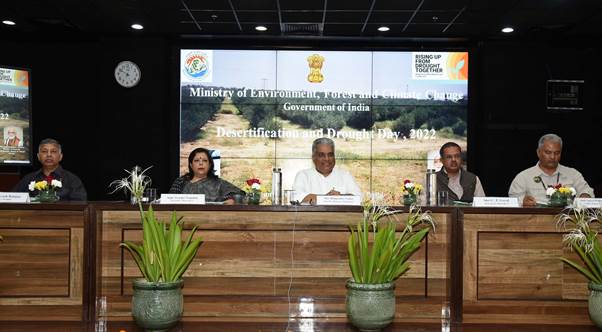Free Courses Sale ends Soon, Get It Now


Free Courses Sale ends Soon, Get It Now



Disclaimer: Copyright infringement not intended.
Context:
More on the news:
Highlights of PM’s address:

Desertification, Land Degradation And Drought-Key Points:
GLOBAL SCENARIO:
Indian Scenario:
|
Progress Made:
|
Way Forward:
https://www.pib.gov.in/PressReleasePage.aspx?PRID=1834772
© 2024 iasgyan. All right reserved